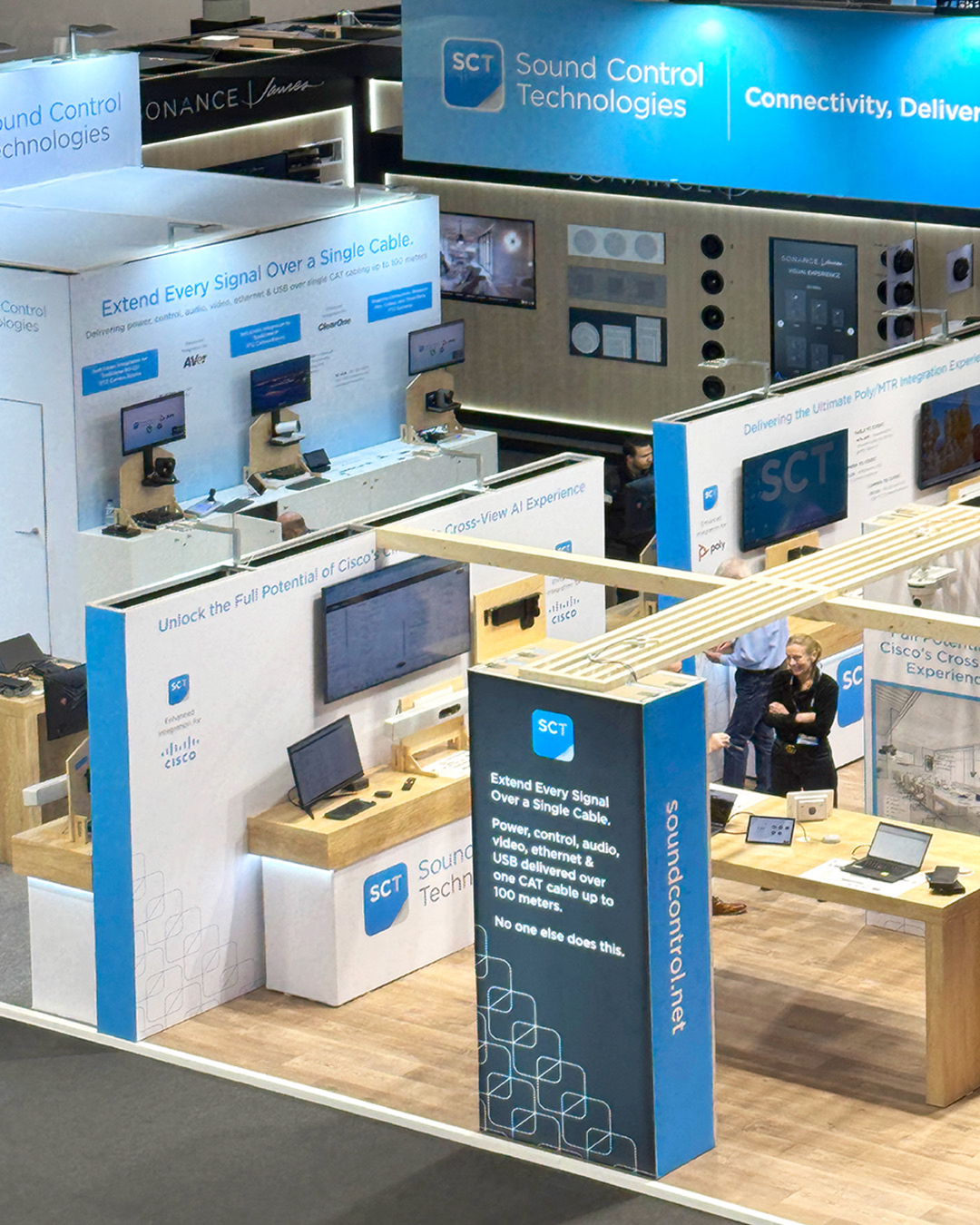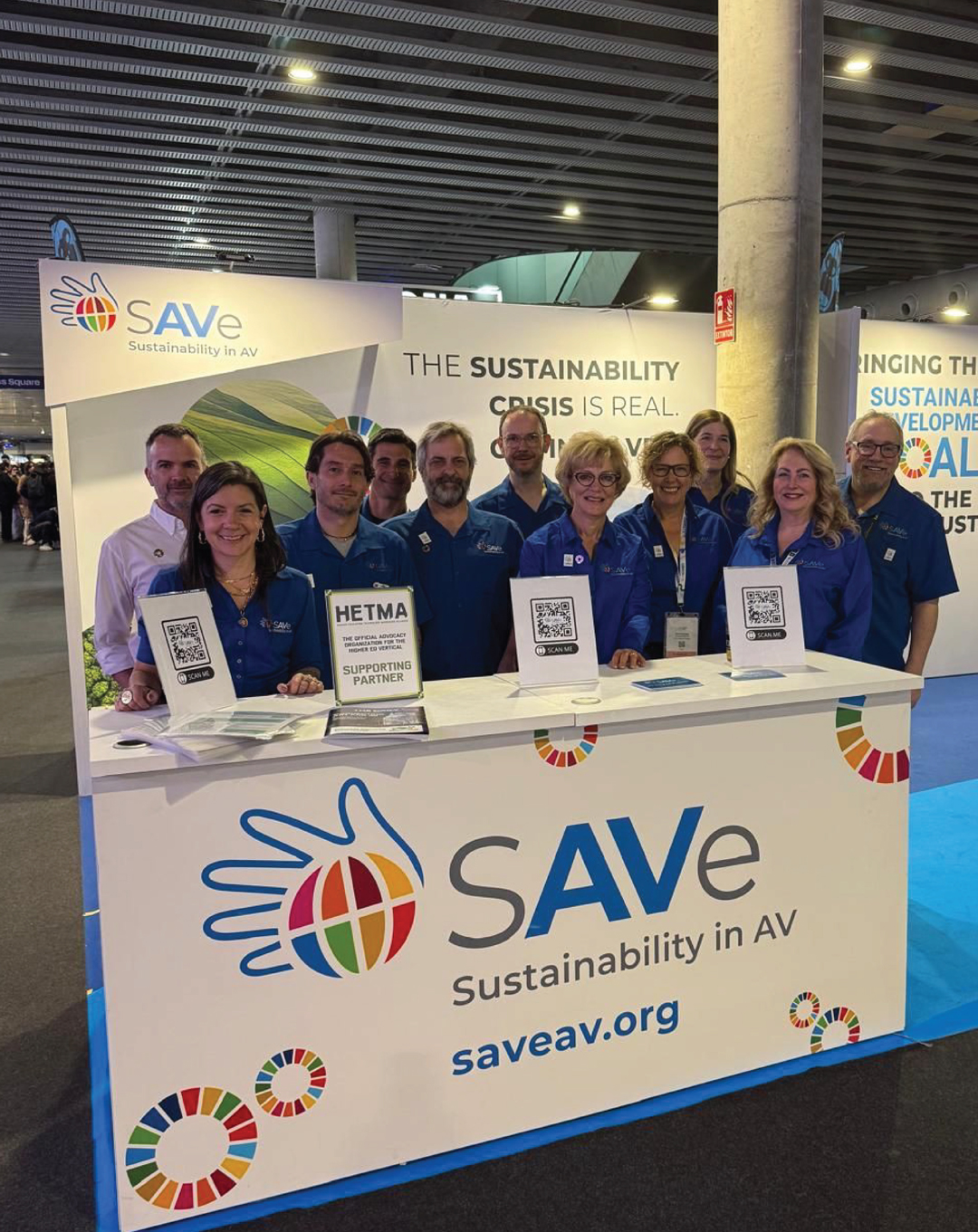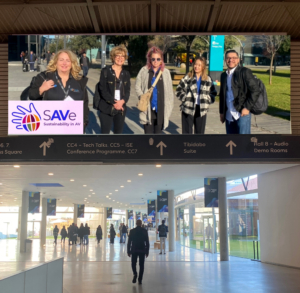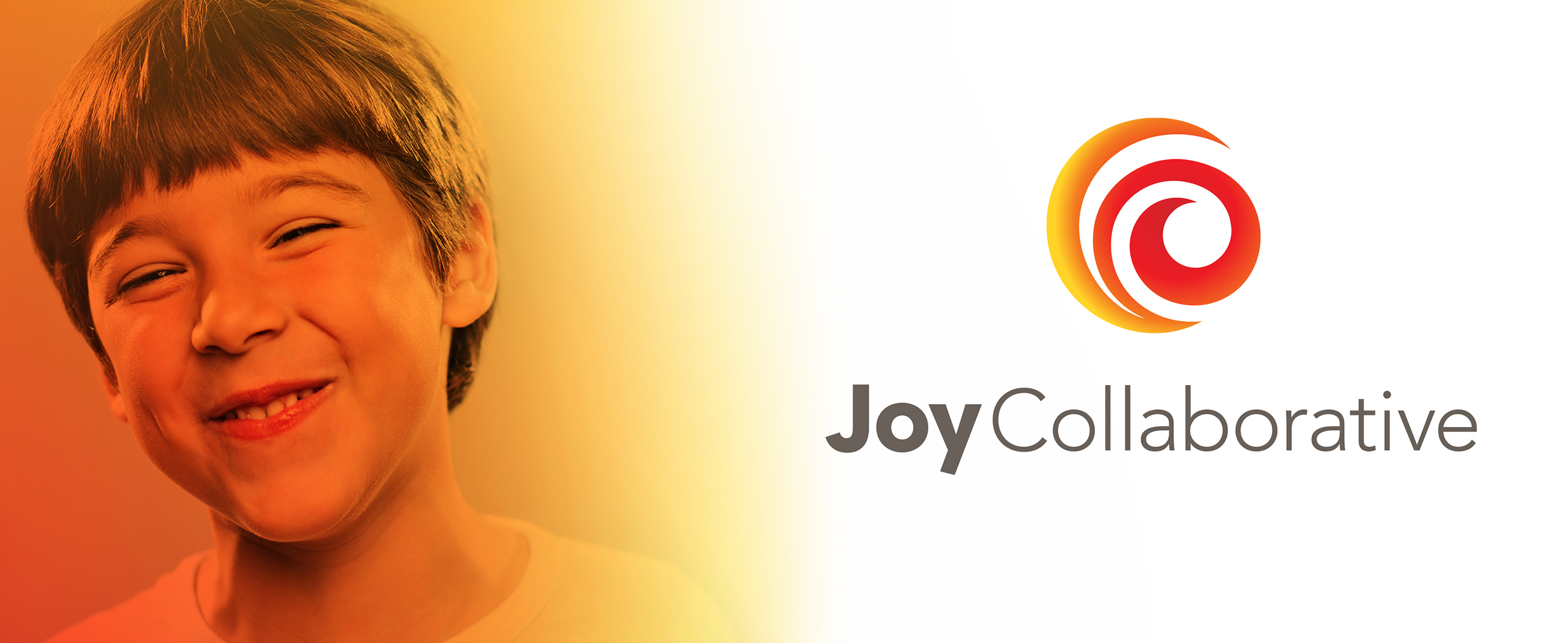More than a pretty website: The beauty of process in website design
Supervox Agency July 24, 2018
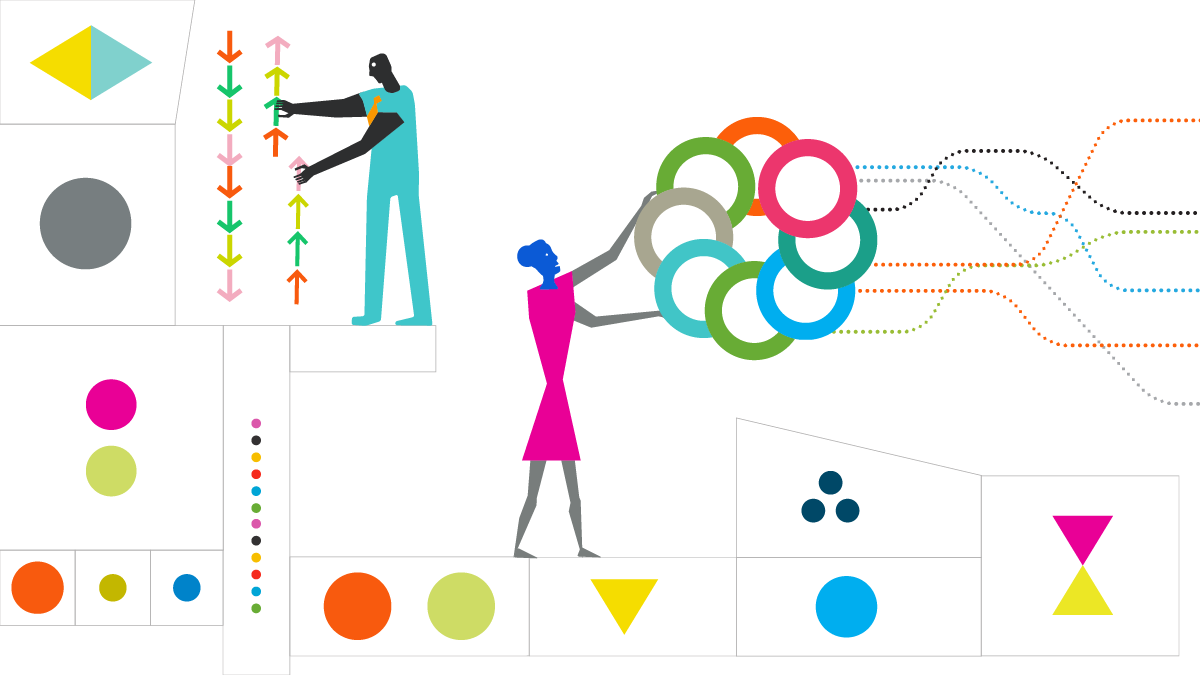
Website design is serious business – or at least it should be. But too often site builders treat the endeavor essentially as a creative exercise. Or they’ll attempt to give due consideration to your business objectives without ever truly understanding them.
It’s easy to make assumptions about what a website needs to be and do. It’s tempting to leap over the “boring” stuff and get right to design. This is the approach likely to be taken by your brother-in-law who does website design on the side. Or the hip graphic designer who’s just learned to code. Or most marketing firms that tack the word “digital” onto their list of services. The site they give you may be pretty, but it probably won’t be effective.
We take a different approach – one that views websites (all websites) as marketing technology. As such, they need to incorporate the insights an actual marketer will gather and bring to bear, because ultimately you need your site to elicit an action – a conversion – on the part of the visitor. That’s what marketers specialize in. And the way you build it into your website is through a step-by-step process.
Sure, you want your site to look great – and it definitely needs to be on-brand – but we promise you: For users, beauty is found in functionality. And for site owners, that’s also where you’ll find ROI.
Focus on the framework
The most fundamental thing you can do at the outset: Get clear on what you want your site to be and to do. Remember, it’s your calling card to the world – the prime vehicle for establishing your brand, the place where you introduce yourself to prospective customers and tell your story on your terms.
But it’s so much more than a brand communication vehicle. A well-designed website will grow your business by providing relevant, logically grouped information that leads users to conversion – whether it’s buying a product, signing up for your mailing list, or reviewing essential content about your business. By making it easy for users’ to achieve their objectives, your website not only supports your business goals, it makes them possible.
The key here: Establish your ultimate objective. Figure out what success will look like. And establish a step-by-step plan to get there.
A journey of self-discovery
At Supervox, the process begins with the Discover phase, which involves collecting all relevant assets – foundational, technical and strategic.
There are three types of data that we’ll seek out. First-party data, which comes directly from the client, includes website analytics, CRM data, target audience/persona research, content, and internal documents like marketing plans. Stakeholder interviews can also help to identify particular challenges and formulate goals.
We also gather second-party data – firsthand knowledge from relevant past experiences and projects – as well as third-party data gleaned from other sources, including online research and information from paid resources.
Sometimes we’re provided so much information that it takes added effort to manage and absorb. Other times, clients come to us with almost no data, forcing us to comb through a variety of other sources. Regardless, it simply isn’t prudent to proceed until we can figure out precisely what we’re dealing with.
In this phase we’ll also want to define the scope of the project, including establishing what success will look like, identifying business and technical needs, and setting milestones and timeline. This is an essential part of the process; a kind of level-setting that integrates the client-agency teams and ensures everyone has a shared understanding of what needs to be done.
Plan for the future
Next comes the Plan phase, where strategy is developed and tactics are defined. The main goal here is to reign in the chaos – to synthesize the information and data gathered, and to logically and coherently roadmap the organization of the site. This documentation-heavy step is essential to detailing the website’s technical requirements, understanding and categorizing content, developing the proper site architecture, and documenting on-page SEO.
Essentially, we start with a blank slate and move to define the pieces that make up the whole. The documentation developed during this phase gives the creative and development teams what they need to know to ensure everyone’s moving toward the same target.
Output from the Plan phase includes four principle deliverables:
- A website document serves as the official record of all pertinent information, including technical specifications that will inform the design and development of the website.
- A site map serves as the graphical representation of the site architecture while defining content taxonomy.
- A content outline details what information goes where on the site, down to the page level. This will be an essential tool for the person writing website copy.
- An SEO worksheet establishes the foundation of on-site SEO elements, including page titles, page URLs, meta descriptions, page redirects, canonicalization, and other HTML tags.
Let’s get creative
In the Create phase we want to detail UX considerations in wireframes. These are really a continuation of our Plan phase and serve as a bridge from documentation to UI, or frontend designs. Wireframes and user flows concretely communicate the page-to-page user experience and fundamental talking points prior to creating visuals.
Steve Jobs said, “Design is not just what it looks like and feels like. Design is how it works.” Here’s where form, function and aesthetics come together.
User testing can also occur in this phase. By getting the wireframes or prototype in front of people who approximate everyday users, we can uncover pinch points and areas of friction within their experience with the site. By testing designs before the final product is built, we can also identify issues at an early enough stage to resolve them quickly and cost-effectively.
And…Activate
Once the site goes live, we enter the Activate phase. Our priority now: to keep everything running smoothly. Nobody has patience for a balky site. But more than that, it needs to be monitored for performance relative to your business goals, including all key conversions.
The time will come, perhaps sooner than you like, for updates. Design aesthetics will evolve. You may want to add features and functionalities. But unlike so many of your competitors’ sites, yours will have the structural integrity to easily accommodate additions, renovations, and significant overhauls.
We can all agree: This isn’t the most exciting stuff to talk about. But if you look at your website as a critical marketing tool – a piece of custom software planned and designed to meet your unique needs and precisely target your audience – all these steps work together to give you a site that does the job, not just on day one but down the line. Moreover, they give you a site that’s going to be a lot easier to update in the future.
Don’t fear the process. Welcome it.
If you’re getting ready to create a site, it’s never too early to start thinking about process, because a little advance work will help ensure it performs for you. So as you prepare to meet with your web designer:
- Be ready with information about your company – marketing documents, product spec sheets, business plans, digital analytics, CRM data, etc.
- Be ready also to participate in discovery and planning. Were we to do your site, we’d ask a lot of questions in order to achieve definition and clarity. The readier you are to answer them, the faster the project will go.
- Finally, be ready for a deep dive into your business and customer needs. Now is the time to think critically about where your business is going, because your new website will help take you there.
As you consider your digital future, remember: Effective web design isn’t about building something ornate, nor about being cutting-edge. It’s about doing what you need to do – through discovery and planning, strategy and process – to create a site that’ll build your business from day one.
